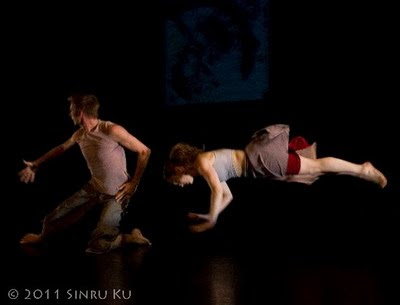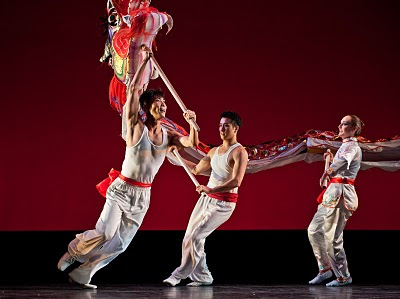
Force of Nature
Nai-Ni Chen and her company, the Nai-Ni Chen Dance Company, prepare to perform their annual Chinese New Year celebration.
Posted December 12, 2011 by Karyn D. Collins
If the only thing that choreographer Nai-Ni Chen and her company, the Nai-Ni Chen Dance Company, did all season was their annual Chinese New Year celebration, scheduled for January 21 and 22 at the New Jersey Performing Arts Center’s Victoria Theater, the group would still be noteworthy.
The annual event—this year celebrating the Year of the Dragon—brings together dancers and musicians from New Jersey and New York City’s expansive Chinese cultural community. The experience, which immerses audiences in the sights and sounds of Chinese culture—will be further enriched by a traditional Chinese New Year banquet following the January 21 matinee.
But there’s more to the magic of Nai-Ni Chen than her Chinese New Year extravaganza.
In the 24 years that Chen has been part of the New Jersey arts community, the choreographer has gained a reputation as the creator of richly constructed works that seamlessly blend Western modern dance with aspects of culture from Chen’s native Taiwan, from having her dancers emulate the dramatic flourishes of calligraphy to employing traditional legends as themes.
For Chen, 52, who lives in Englewood, that blending is just doing what comes naturally.
“My main goal has always been using dance as a way to communicate with people,” she says. “It’s one way that I know how to express myself and cross cultural boundaries to share something with people and hopefully transform people’s lives. I try not only to move forward in the programs that we do, but to go back to see what’s valuable and what made these traditions passed down for thousands of years so special.”
To be certain, the Chen Company focuses on contemporary works that reflect the choreographer’s richly varied culture and dance background.
In Taiwan, Chen studied ballet, folk dance, martial arts and Peking opera, as well as Western modern dance. Her career there included performing with the renowned Taiwanese modern dance company Cloud Gate Dance Theatre. Chen came to the United States in the 1980s, originally to study dance at New York University.
Today, Chen’s company is recognized as one of this country’s few Asian-American professional dance ensembles. Chen’s prominence is reflected by a long list of honors, including choreography fellowships from the National Endowment for the Arts and, in 2011, the New Jersey State Council on the Arts.
Chen says she turns to nature for much of her inspiration. “Nature is the master, it’s the teacher. It teaches me how to use rhythm, how to vary dynamics, how to make things flow on stage,” she says. “I think you can learn so much in observing animals and nature. My movement style comes from a lot of observation of that.”
Not surprisingly, Chen’s hobbies include hiking through the woods and dabbling in painting as well as playing the piano. She also stays busy raising her 16-year-old daughter, Sylvia, with husband Andy Chiang, a computer programmer who serves as the Chen Company’s executive director.
Chen fans rave about the company’s technical abilities and the choreographer’s knack of seamlessly melding styles and cultural influences. They also enjoy the often arresting visual imagery that Chen creates.
“It’s a beautiful perspective. Her work is truly special and spectacular,” says Sanaz Hojreh, assistant vice president of arts education for NJPAC, where the Chen Company is a regular presence. “You can’t sit and watch her work and not be moved.”


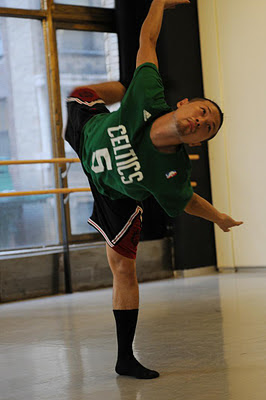
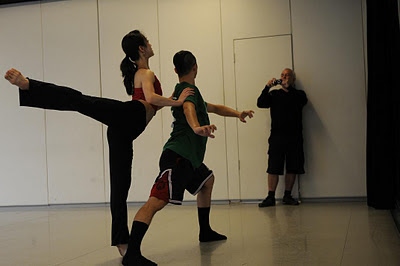
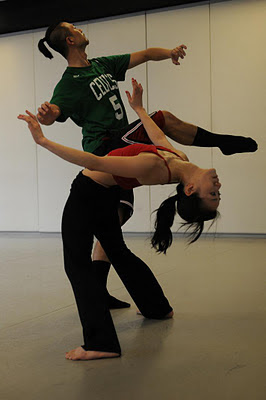



 Friday September 7, 2011 - Nai-Ni Chen is one of my favorite choreographers. Her work is rooted deep in the ancient cultures of Asia but it also has a contemporary sweep and sheen that
Friday September 7, 2011 - Nai-Ni Chen is one of my favorite choreographers. Her work is rooted deep in the ancient cultures of Asia but it also has a contemporary sweep and sheen that









